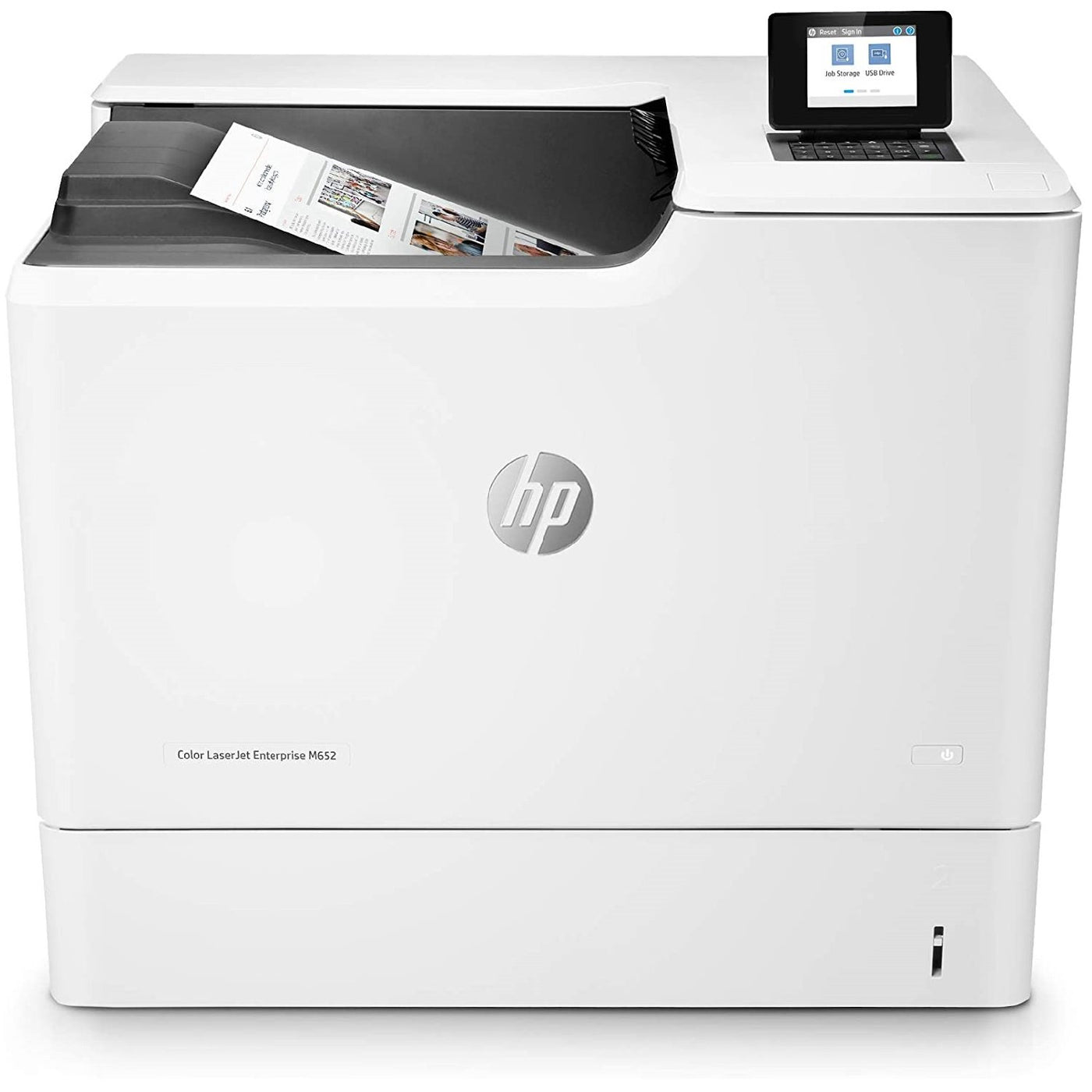
In today's fast-paced digital world, laser printers have become an essential tool for businesses and individuals alike. To ensure optimal printing performance and cost-efficiency, it is crucial to understand how often laser printer toner should be replaced. In this comprehensive guide, we will delve into the factors that influence toner replacement frequency and provide practical tips to help you maximize the lifespan of your laser printer toner.
- Understanding Laser Printer Toner:
Before discussing toner replacement frequency, let's first understand what laser printer toner is and how it works. Laser printer toner is a fine powder composed of pigments and polymers that is used to create images and text on paper through a process called electrostatic printing. Unlike inkjet printers, laser printers use toner cartridges, which contain the toner powder. - Factors Influencing Toner Replacement Frequency:
Several factors affect how often you should replace your laser printer toner. Understanding these factors will help you optimize toner usage and reduce costs. Here are the key factors to consider: a. Print Volume: The volume of printing you do plays a significant role in toner replacement frequency. High-volume printing requires more frequent toner replacement compared to low-volume printing. b. Print Density: The density of your prints, i.e., the amount of toner used per page, affects toner replacement frequency. Higher print density leads to faster toner depletion. c. Toner Cartridge Capacity: Different toner cartridges have varying capacities. Understanding your cartridge's capacity will help you estimate when it needs replacement. d. Toner Saving Modes: Many laser printers offer toner-saving modes that can extend the life of your toner cartridge. Utilizing these modes can reduce toner consumption and prolong replacement intervals. - Monitoring Toner Levels:
To determine when to replace your laser printer toner, it is essential to monitor toner levels regularly. Most modern laser printers have built-in software that displays toner levels on the control panel or through a connected computer. Additionally, you can enable notifications to alert you when toner levels reach a certain threshold. - Signs of Low Toner:
Apart from monitoring toner levels, there are several signs that indicate low toner and the need for replacement. These signs include faded prints, streaks or lines on the paper, and error messages indicating low toner levels. Being aware of these signs will help you proactively replace toner before it completely runs out. - Extending Toner Lifespan:
To maximize the lifespan of your laser printer toner and reduce replacement frequency, consider implementing the following practices: a. Toner Storage: Properly store extra toner cartridges in a cool, dry place away from direct sunlight. This helps maintain toner quality and prevents premature degradation. b. Print Quality Settings: Adjusting print quality settings can significantly impact toner consumption. Experiment with different settings to find the optimal balance between print quality and toner usage. c. Regular Maintenance: Perform regular maintenance tasks recommended by the printer manufacturer, such as cleaning the printer's interior and ensuring proper ventilation. This helps maintain print quality and reduces toner wastage.
Conclusion:
Knowing how often to replace laser printer toner is crucial for maintaining optimal printing performance and cost-efficiency. By considering factors such as print volume, density, toner cartridge capacity, and implementing best practices, you can extend the lifespan of your toner and reduce replacement frequency. Regularly monitor toner levels and be aware of signs of low toner to ensure uninterrupted printing. Remember, efficient toner management not only saves costs but also contributes to a greener environment.



